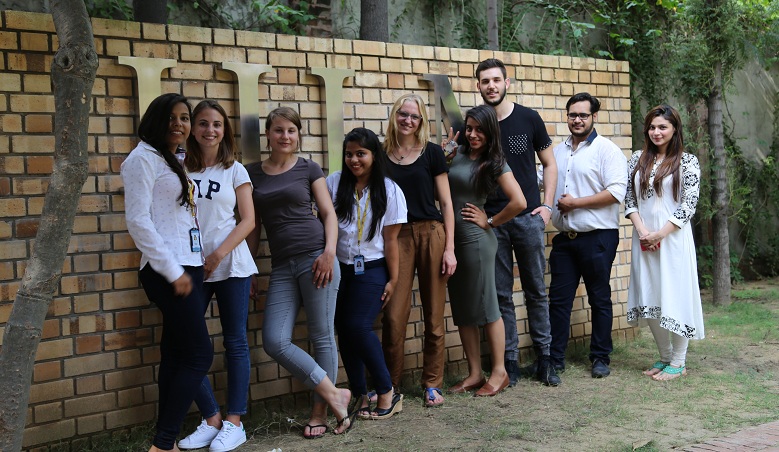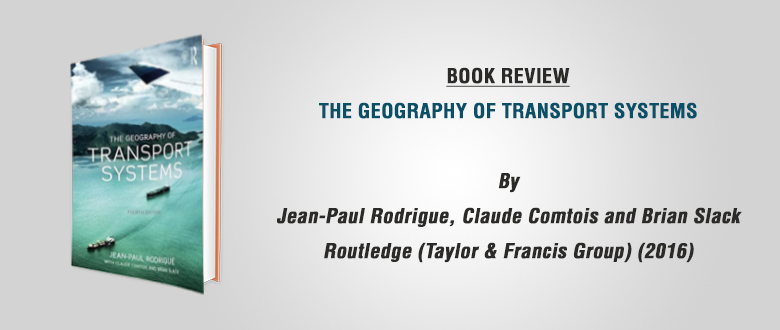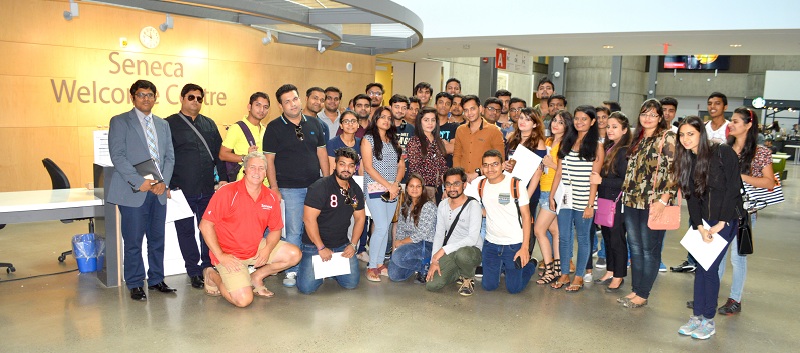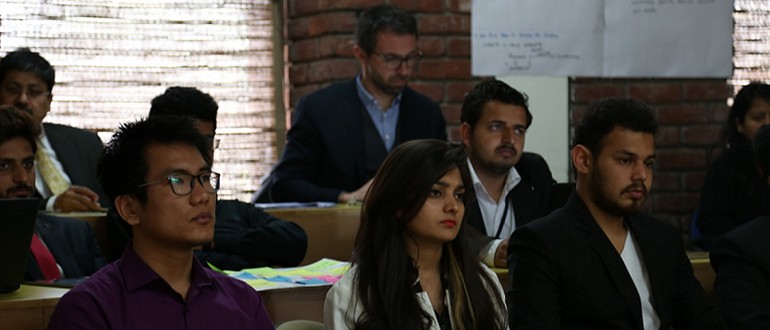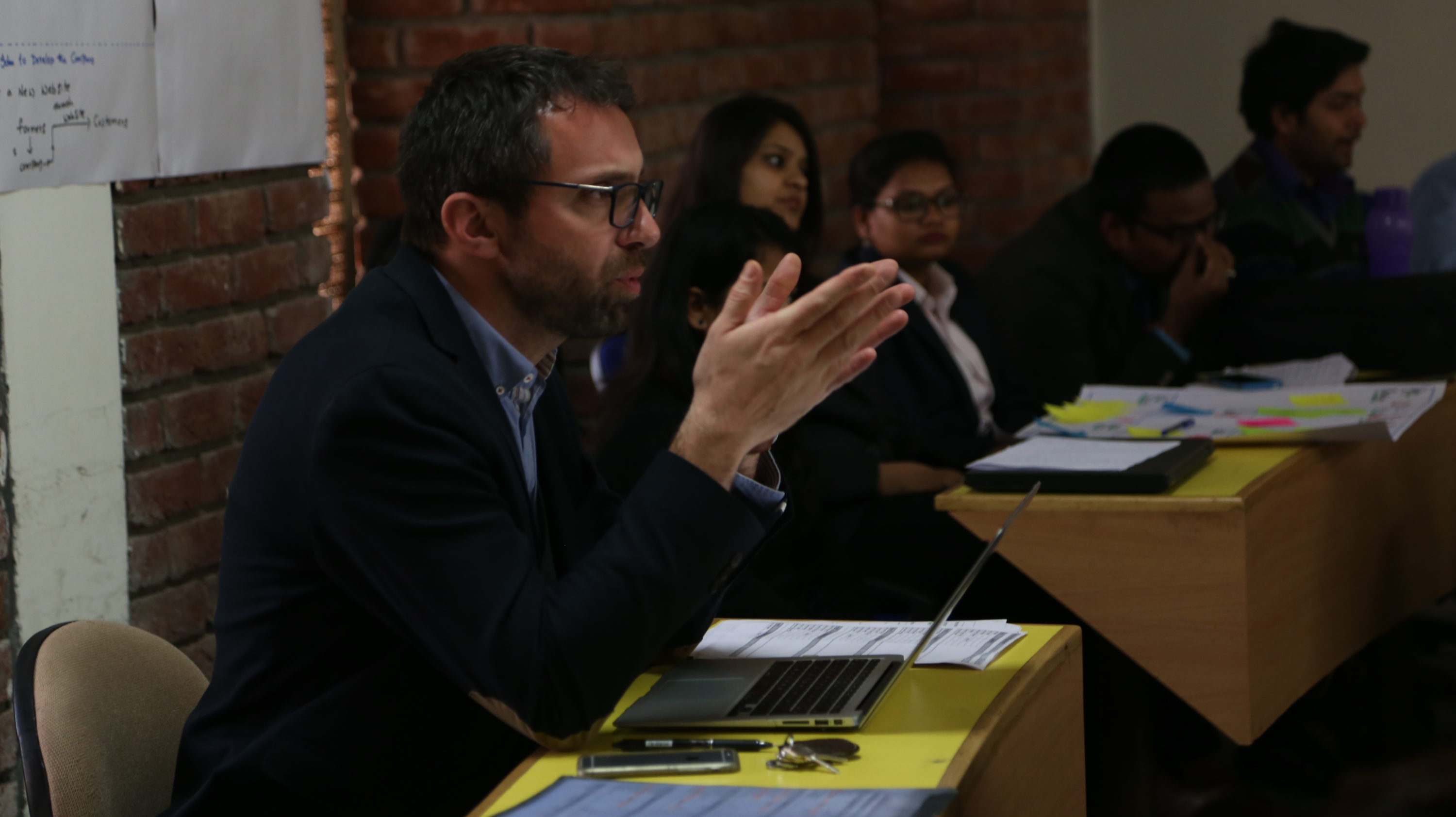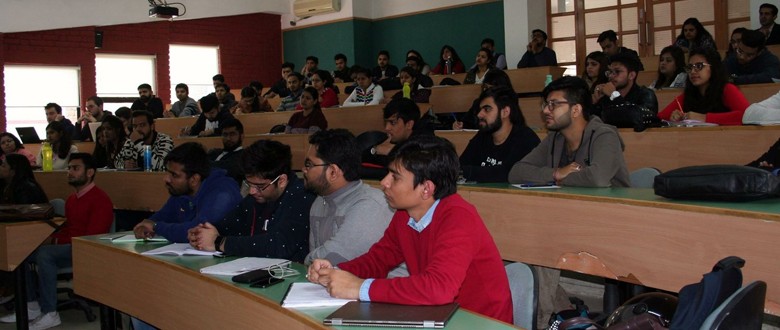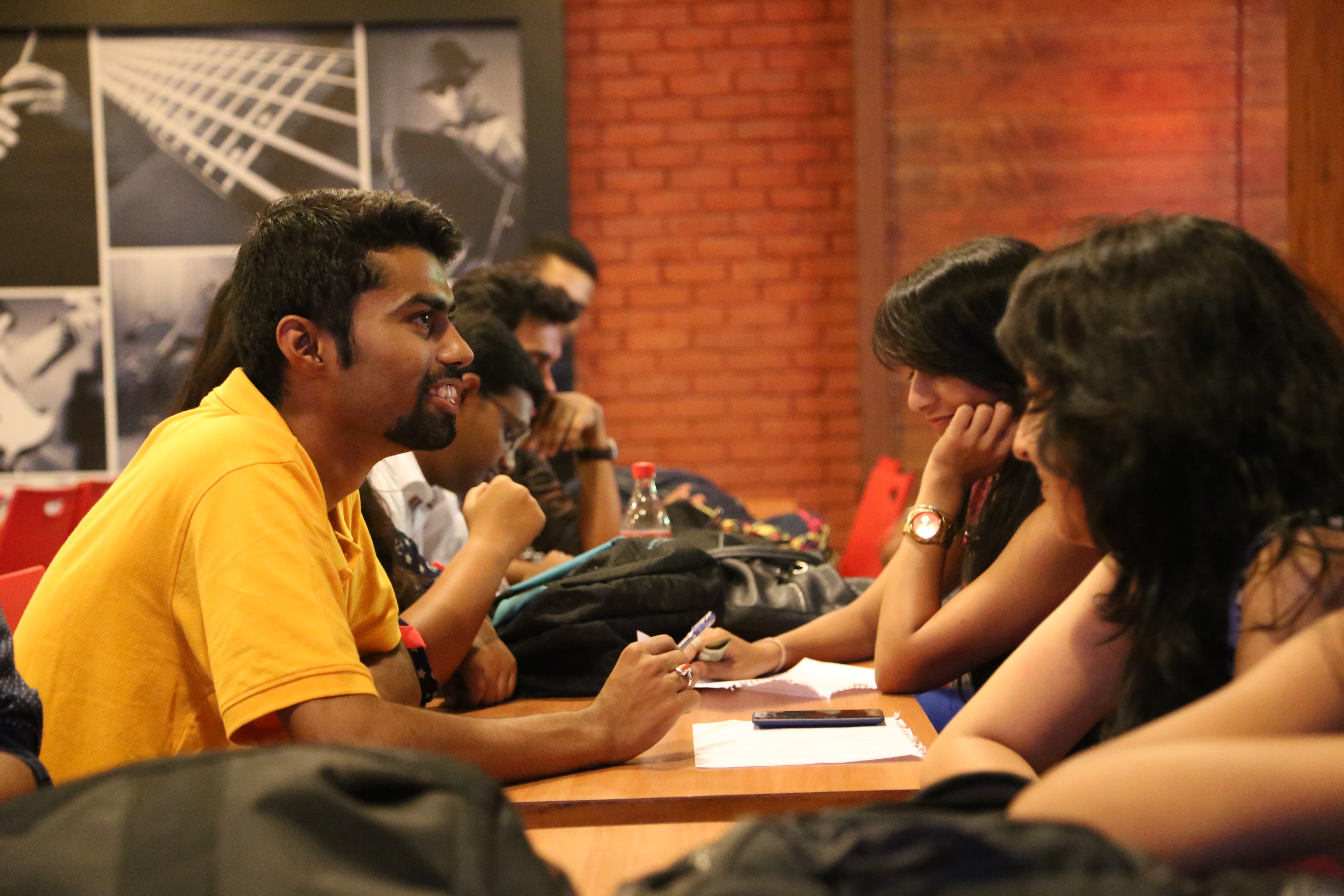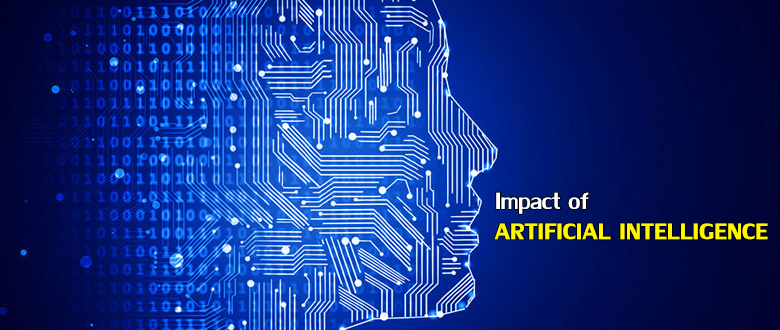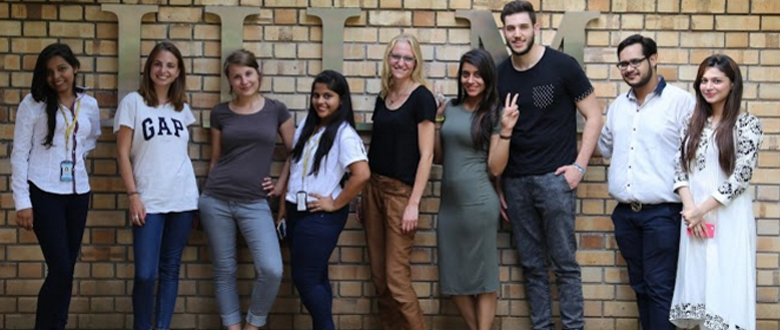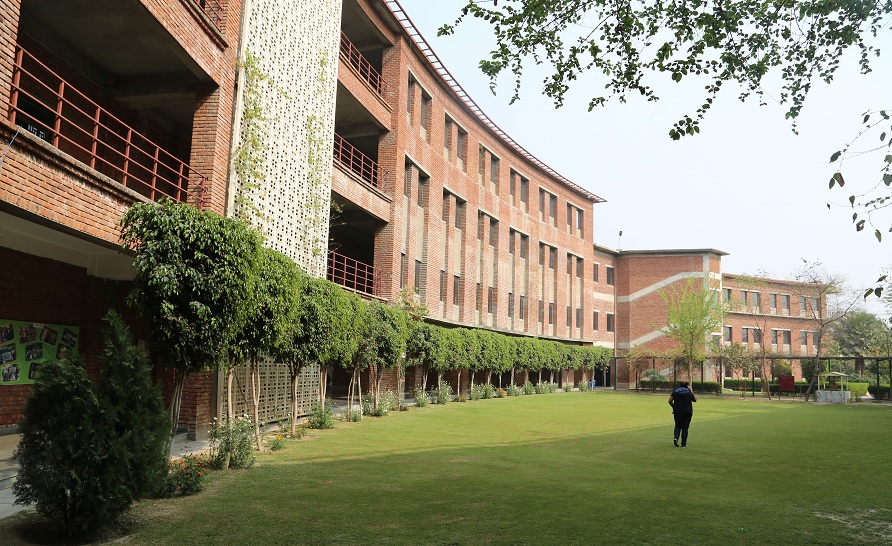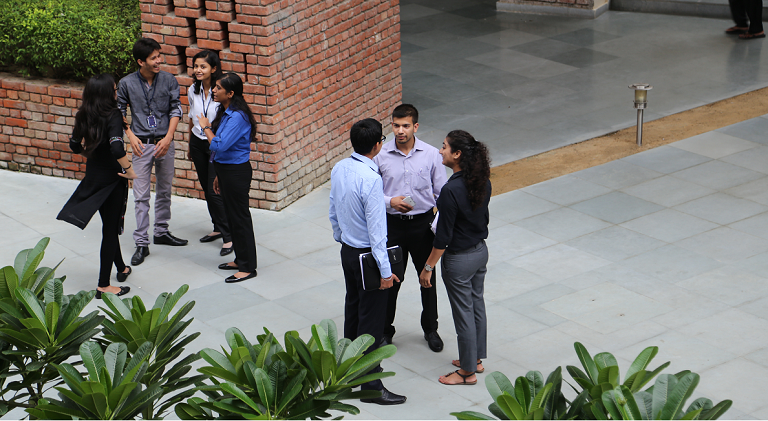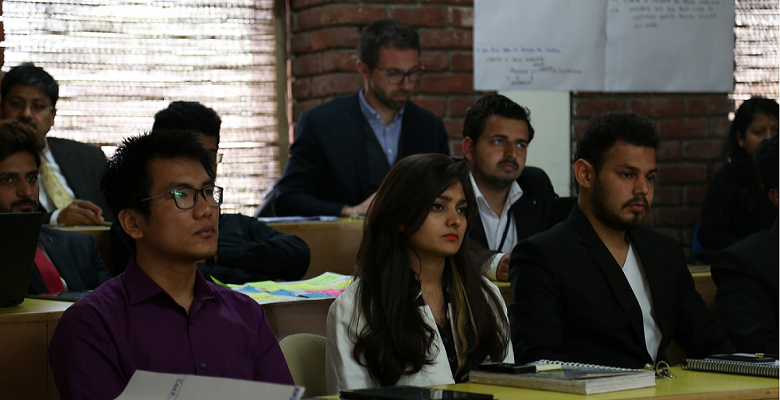Every year, up to 120 smart, dynamic and aspirational students get to enroll themselves at IILM, a PGDM college in Delhi NCR unlike any other. With the MBA admissions now open for the next batch which will last from 2018 to 2020, we take a look at the entire process in detail, and why IILM can be the perfect stepping stone to a successful entrepreneurial career.
Choosing IILM:
Before opting to participate in the admission process, one must decide the ideal college for MBA. In IILM, though, you will discover a college and an experiential PGDM programme that tailors itself to your strengths and interests. Backed by a globally benchmarked curriculum inspired by Stanford Graduate School of Business, Wharton Business School, and IIM-A, our PGDM involves business simulations and case studies at its core. This is testified by over 9000 well-placed alumni throughout our 25-year history.
The 4-week global study programme is also a key differentiator which enables students to get adequate and critical global exposure in business studies and environment across various countries in Europe, Asia, and North America.
The backbone of the entire course, though, is the mentoring programme which pairs individuals with a permanent mentor according to his or her interests. The full-time and visiting faculty with vast industrial and teaching experience also plays a huge role in churning out world-class entrepreneurs of tomorrow. A robust placement cell and the mandatory 3-month long internship develop critical skills in students and provide them with a fantastic platform to bag the job of their dreams.
Finally, the spacious and world-class campuses with all the best amenities located at Gurgaon and Greater Noida provide the perfect environment for learning and fun to one and all.
With so much on the plate, an MBA at IILM is one absolutely worth it.
Getting admission:
Eligibility criteria-
If you have completed graduation in any field with a minimum of 50% marks, or are appearing in the final year of your graduation from AICTE/UGC/AIU recognized universities, you are eligible to apply for our PGDM course.
Valid competitive scores:
Scores will only be counted from either of the following examinations for MBA: CAT/XAT/ATMA/MAT/CMAT/GMAT
Procedure:
The process is divided into three tasks- online application, interview, and selection.
First, you must fill and submit the online application form along with all the relevant documents. Normally, within 24 hours, a reply is issued to the applicant.
- Thereafter, shortlisted candidates undergo interaction and interview with faculty members. In case you are unable to attend the interview due to location problems, a Skype interview can also be arranged.
- Once selected, the candidate will have to deposit the required fees before the classes commence in July. Students can also avail the Merit-cum-Means scholarship which varied depending upon marks in graduation, CAT percentile, MAT score, and other socio-economic factors.
Once you clear it all, you can proudly proclaim to be a student of the best college in India for MBA that is more a course in business experience, driving innovation, real-world problem-solving and critical international exposure– IILM.
Are you ready to begin your entrepreneurial journey with us?

